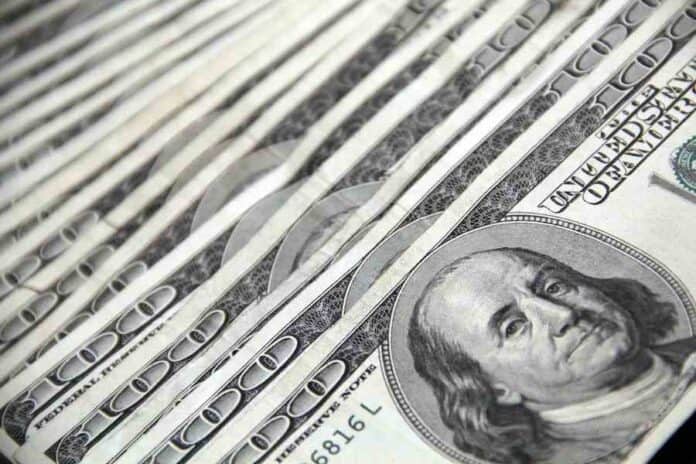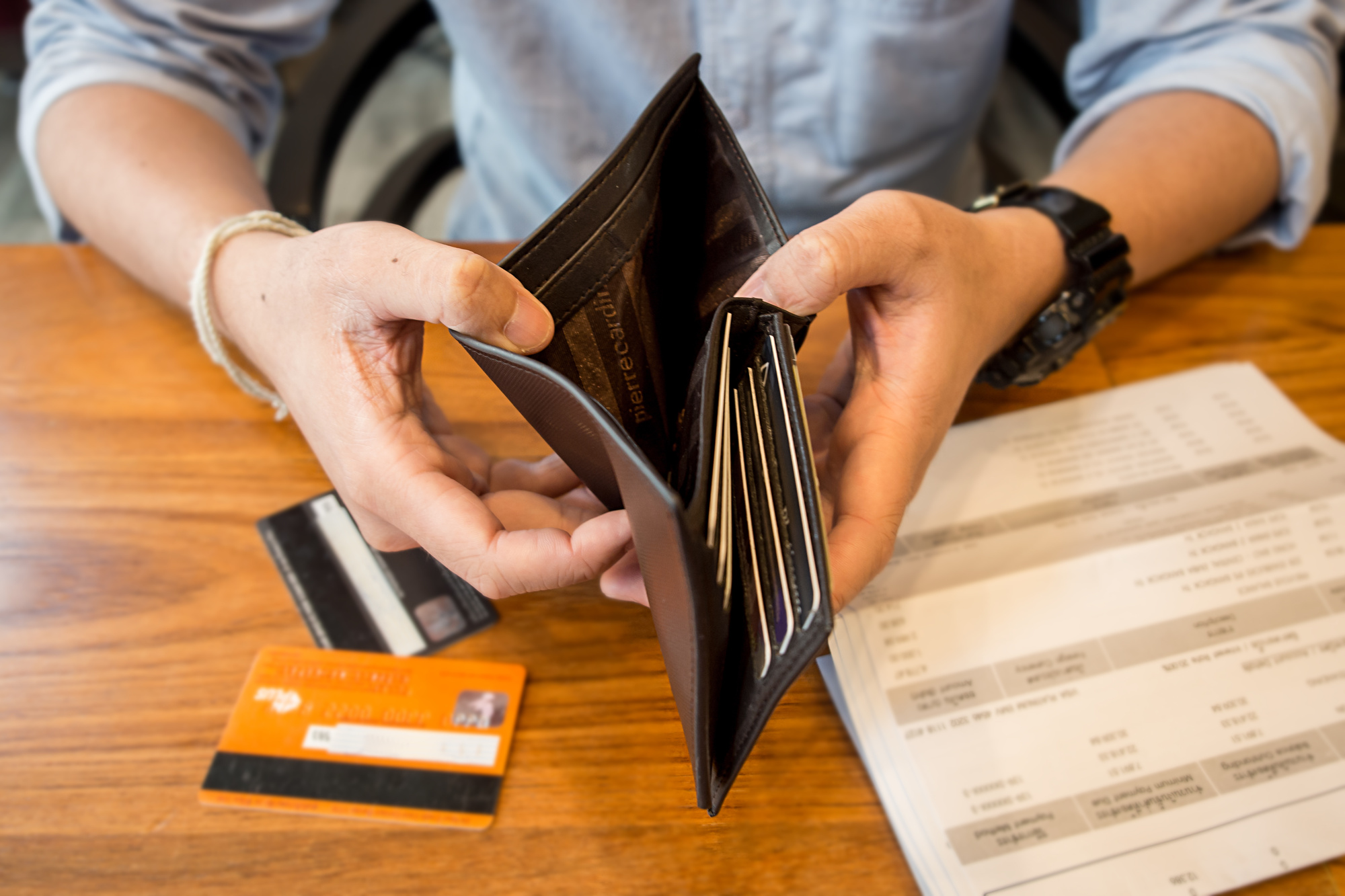In the realm of numismatics, the allure of uncovering hidden treasures within the world of currency has captivated enthusiasts for decades. Among the intriguing subjects of such pursuits are $2 bills with extraordinary value. These seemingly ordinary notes can hold secrets that elevate their worth far beyond their face value. Delving into the factors that determine a $2 bill’s worth provides a fascinating glimpse into history, rarity, and the various elements that can turn an unassuming bill into a coveted collector’s item.
Which 2 Dollar Bills Are Worth Money?
$2 bills that are worth money often include the 1953 Red Seal series, the 1976 Bicentennial series, and star note variations. Factors like rarity, misprints, notable signatures, and low serial numbers can also enhance their value. Condition plays a crucial role, and bills in excellent condition tend to command higher prices.
Historical Context Of $2 Bills
The history of $2 bills is a fascinating journey through the evolution of American currency. First introduced during the Civil War in 1862, $2 bills were created as a response to the shortage of small denominations in circulation. These bills were initially known as “Legal Tender Notes” and featured intricate designs that reflected the era’s artistic sensibilities.
Over time, the $2 bill underwent several transformations in design and purpose. The 1896 Educational Series marked a significant departure, showcasing allegorical motifs of Science, History, and Art. However, the artistic complexity led to production challenges, and the series was eventually discontinued.
In 1928, a standardized small-size $2 bill design was introduced, featuring the iconic portrait of Thomas Jefferson on the front. This design remains largely consistent to this day, though subtle changes have occurred, including alterations to the Treasury Seal and serial numbers. Despite its storied history, the $2 bill has been intermittently subject to misconceptions and limited circulation, contributing to its intrigue and appeal among collectors and enthusiasts.
How Production Numbers Impact Rarity?
- The rarity of $2 bills is intricately linked to their production numbers. Generally, the fewer $2 bills produced in a particular series or year, the rarer they are, and consequently, the higher their potential value. Limited production can result from various factors, including changes in demand for certain denominations, shifts in currency circulation trends, and economic conditions.
- For instance, during the mid-20th century, the production of $2 bills significantly decreased due to reduced demand. This lower production led to certain years and series becoming scarcer in circulation. Bills from these periods have become more sought after by collectors due to their relative scarcity. Conversely, years with higher production numbers often have a more abundant supply, which can dampen their potential for increased value.
- Collectors pay close attention to the historical production figures of $2 bills, identifying those with lower print runs as potential hidden gems. While rarity is a key factor, it’s essential to consider other elements such as condition, desirability, and unique characteristics that contribute to a $2 bill’s overall value.
How Wear And Tear Affect The Value Of $2 Bills?
The condition of a $2 bill plays a pivotal role in determining its value within the collector’s market. Wear and tear, along with other forms of damage, can significantly impact a bill’s desirability and worth. Here’s how:
- Grade and Appearance: Currency collectors use a grading scale to assess the condition of bills, ranging from “uncirculated” (brand new) to various levels of wear. Bills with minimal signs of wear and crisp edges are generally more valuable than those with creases, folds, or faded printing. A well-preserved $2 bill will command a higher price due to its aesthetics.
- Circulation Damage: Bills that have been heavily circulated may exhibit folded corners, creases, stains, and other imperfections. These signs of use can lower the bill’s overall appeal and subsequently its value. Collectors often seek bills with minimal evidence of circulation, as they reflect a better-preserved piece of history.
- Centering and Alignment: Bills with centered designs and well-aligned printing tend to be more valuable than those with misaligned or off-center elements. These alignment issues can be the result of printing errors or wear, and they can impact the visual appeal and rarity of the bill.
- Aesthetic Appeal: Collectors value bills that showcase vibrant colors, clear designs, and sharp details. Wear and exposure to environmental factors can cause the ink to fade or the paper to discolor, diminishing the bill’s visual appeal and subsequently its value.
- Market Demand: Bills in better condition are generally in higher demand among collectors and investors. As a result, bills with significant wear may have a more limited market, potentially affecting their resale value.
Tips For Identifying Potential Valuable $2 Bills In Circulation
Identifying valuable $2 bills in circulation can be an exciting endeavor. While the chances of finding a rare bill are relatively slim, here are some tips to increase your odds:
- Check the Series and Year: Research which series and years are known to be more valuable. Focus on series like the 1953 Red Seal, 1976 Bicentennial, and star note variations, as these often have higher collector interest.
- Look for Unusual Features: Pay attention to unusual characteristics like misprints, errors, or unique serial number patterns. These anomalies can significantly increase a bill’s value.
- Inspect Signatures: Bills with notable or rare signatures from Treasury officials or other important figures may have added value. Research whose signatures are sought after by collectors.
- Examine Serial Numbers: Certain serial number patterns, such as repeating digits or low numbers, can be appealing to collectors. Bills with low serial numbers (e.g., 00000001) are particularly sought after.
- Observe Condition: Bills in better condition generally have a higher value. Look for crisp edges, minimal wear, and vibrant colors. Avoid bills with heavy creases, folds, or stains.
- Search for Star Notes: Keep an eye out for star notes, which are replacement notes issued to replace damaged or misprinted bills. These can carry a premium due to their relative rarity.
- Use a Magnifying Glass: A magnifying glass can help you spot tiny details, such as misprints, errors, or other unique characteristics that might not be visible to the naked eye.
- Stay Informed: Stay updated with numismatic resources, online forums, and collector communities. They often share insights about recent discoveries and trends in valuable $2 bills.
- Visit Banks and Currency Exchanges: Occasionally, you might find valuable bills when withdrawing money from banks or exchanging currency. It’s worth asking if they have any older or unique $2 bills.
- Patience and Persistence: Finding valuable $2 bills is a matter of luck and persistence. Don’t be discouraged if you don’t find one immediately; keep searching and enjoying the process.
Conclusion
In the captivating world of numismatics, the pursuit of valuable $2 bills unveils a fascinating intersection of history, rarity, and intrigue. These unassuming notes can harbor hidden treasures, enticing collectors with tales of eras long past and the artistry of currency design. By understanding the factors that elevate certain $2 bills to coveted status, enthusiasts can navigate the landscape of numismatic exploration with insight. Whether driven by curiosity or investment potential, the journey to uncovering valuable $2 bills remains a captivating endeavor that enriches our appreciation for both currency and history.
FAQ’s
Which $2 Bill Is The Most Valuable?
The value of a $2 bill depends on factors like rarity, condition, and unique characteristics. Among valuable options are the 1953 Red Seal series, the 1976 Bicentennial series, and star note variations. However, specific bills’ values can vary widely based on these factors.
Are All Old $2 Bills Worth A Lot Of Money?
Not all old $2 bills are valuable. While certain series and years have the potential to be valuable, the overall condition, rarity, and demand play crucial roles. Bills with significant wear, common serial numbers, and no distinctive features may not command a high premium.
Can I Still Spend Valuable $2 Bills?
Yes, valuable $2 bills are still legal tender, so you can spend them. However, given their potential worth beyond face value, collectors often prefer to keep them as part of their collection rather than spending them.
How Do I Know If A $2 Bill Is Rare Or Valuable?
Research is key. Look for information about series, years, misprints, signatures, serial numbers, and unique features that can enhance a $2 bill’s value. Online resources, numismatic forums, and collectors’ communities can provide valuable insights.
Should I Consider Investing In Valuable $2 Bills?
Investing in valuable $2 bills can be rewarding, but it’s important to approach it with caution. While certain bills might appreciate in value over time, the market for collectible currency can be unpredictable. It’s wise to view it as a hobby first and an investment second and to diversify your investment portfolio beyond collectibles.












